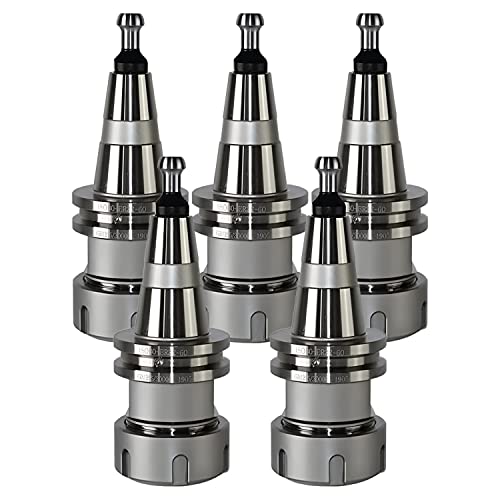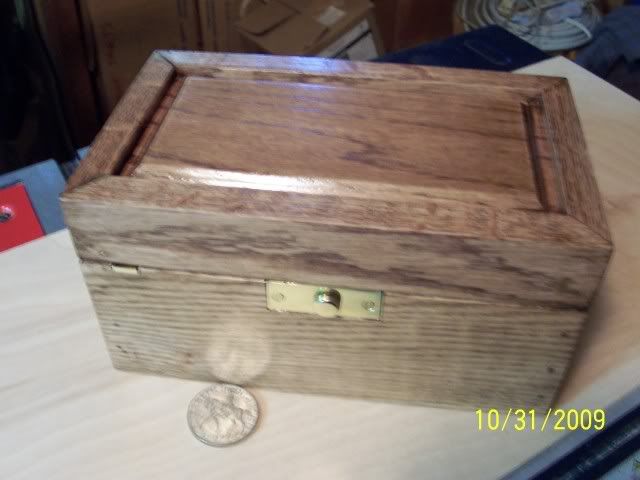Wow, a master of wood work as well! It looks spot on, but it's a good job - you can't have anything letting that engine down. The whole thing is fantastic it deserves to start and run perfectly first time! :bow:
Nick
Nick


![DreamPlan Home Design and Landscaping Software Free for Windows [PC Download]](https://m.media-amazon.com/images/I/51kvZH2dVLL._SL500_.jpg)












Enter your email address to join: